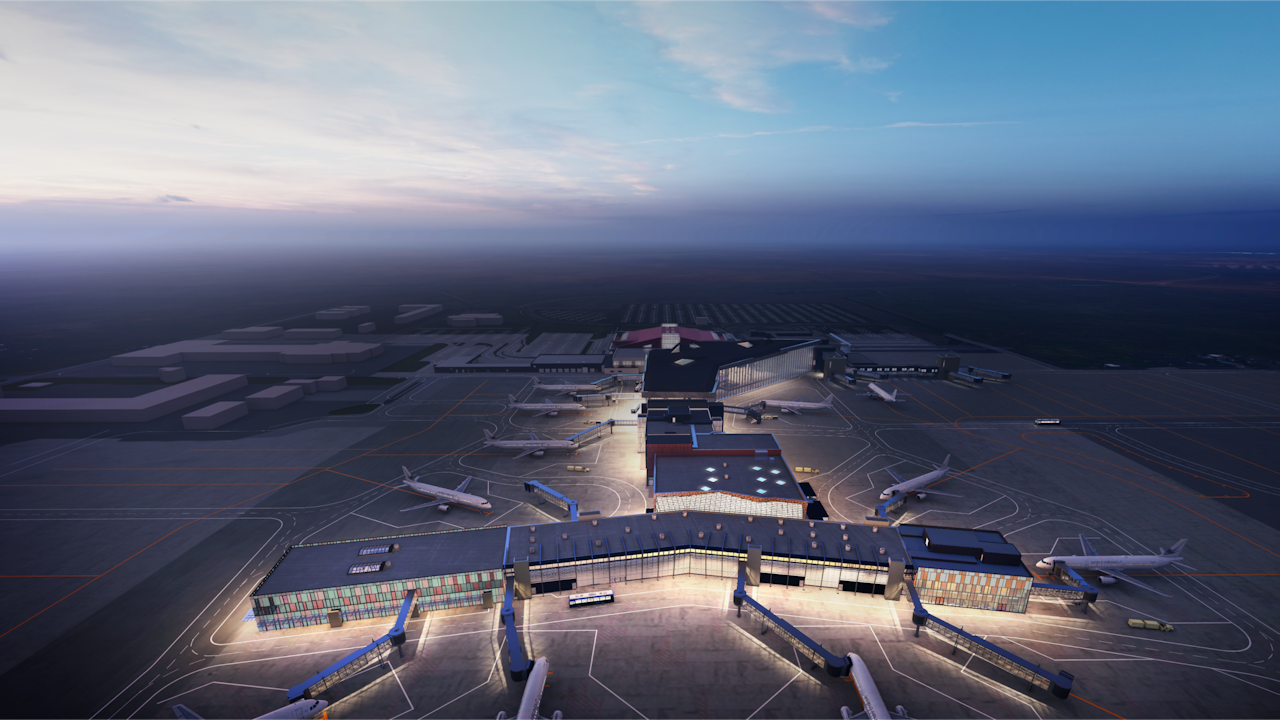New approach to big construction projects in Iceland

Isavia is considering a new approach when it comes to implementing the vision outlined in the Major Development Plan for the airport, and is seeking input from the market in this regard. There are big projects ahead that will completely transform the airport; not only will more passengers be able to go through the airport, but the goal is to make the passenger experience better for everyone, from arrival to departure.
In the next twelve years, the aim is to carry out three major projects, a connecting building between the North and South Terminals called SLN21 (estimated at 22,000m²), the new East Pier (estimated at 70,000m²) and then the new North Terminal (estimated at 30,000m²). The estimated cost of these projects is about one billion euros, or approximately 150 billion ISK.
For large projects, the traditional way is to complete the design and then tender the construction of the project to contractors, who then procure the supply-chain e.g.,specialist systems, building materials and other inputs. However, the size of the project that Isavia is facing offers to reverse this approach and use the so-called Smart Procurement methodology.
Isavia, with the help of consultants from the British company Mace, will first procure the supply-chain, thereby securing an international supply chain under a series of integrated long-term frameworks , to work with the current designers at an earlier stage. The goal is to involve the specialist manufacturers in the design process. That makes it possible to make better use of the expertise of the manufacturers to achieve greater cost and schedule certainty. The supply-chain suppliers under these frameworks will also be responsible for the installation of the systems and components, teaming up with local Icelandic contractors where-appropriate to secure the required labour and specialist local knowledge. They will select their own partners but can also make use of the Steering Contractor who will coordinate the works between suppliers.
Another advantage of splitting the supply chain off from the construction work is that more local contractors will be able to bid for the construction part of the project. It would not be financially feasible to undertake a project of this scale if it were to be tendered traditionally, but separating the supply chain from the construction itself changes that.